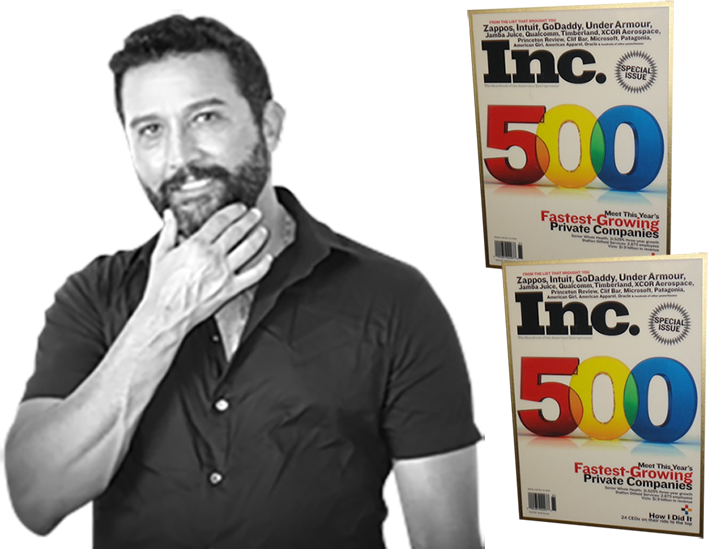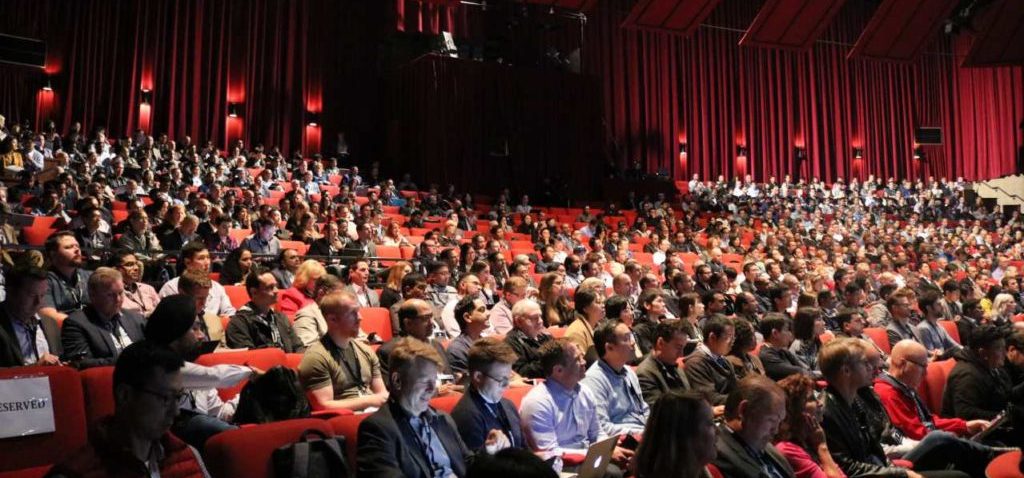Building and growing a successful business is a very difficult thing to do. The truth is, most businesses will fail within the first three years. It is imperative that the culture of the company creates the best possible environment for success.
The three principles stated below are the same for any size company. It does not matter if you have two employees or 200, theses principles do not change.
However, as you grow your staff, you must be creative to keep these principles alive. Remember, bureaucracy and negativity can damage a business.
It is important to understand that these three principles all work together to create a culture. If you fall short on any one of these, then all three will break down. These principles work together like a well-oiled machine. If you are weak in any area, then the machine will not function at a high level.
Of course, this is based upon the assumption that you have an in-demand product or service that is viable to the market place. In other words, if you’re selling VCRs, I can’t help you.
The three principles below will affect everything you do, and I do mean everything.
Principle 1. EFFECTIVE COMMUNICATION
When you see these two words you may think, well of course. But, and this is a big but, most people who think they communicate effectively fall short.
The most important part of communication is the art of listening. Great communicators are great listeners. You need to ask yourself and your employees “are you listening/understanding what is being communicated?” When someone is talking to you, are you thinking about what you want to say while they are speaking or are you intently listening, processing and then responding.
The word responding is important. There is a big difference between a reaction and a response.
A reaction usually means the person was not listening and will lead to communication breakdown. A reaction is usually emotional and not based on facts. When you get two or more people not listening and reacting, you now have a passive aggressive environment where productivity and problem solving will not function at a high level.
The only safe assumption when communicating is to assume the person knows nothing.
We live in a very complex business environment where technology is a huge part of business. Individual projects are a huge part of growth. Collective day-to-day emails, phone calls, conference calls and in-person meetings will ultimately determine the rise and or fall of your company.
Effective, detailed over-communication is vital in the new world of business.
When I first presented to the great business icon Red McCombs, the presentation was very simple with, for lack of a better term, “dumbed down basic details.” We came from the perspective that Mr. McCombs knew very little about the internet advertising industry.
I was a bit nervous before the presentation because I thought we might be insulting his intelligence. So, before we started I told him that the presentation was full of simplified detail, and I hoped he would not be offended. I will never forget what he said to me that day. He simply said, “Jon, just present to me like I know nothing about your industry or company. A great author or presenter always assumes the audience knows nothing.”
While I know Mr. McCombs did not invent this philosophy, it has stuck with me to this day because it demands that you never assume somebody knows what you know. When you get very close to anything, it is easy to lose site of the fact that even people in your company may not have the same perspective as you. You must always share all details from your perspective for them to fully and completely understand where you are coming from. There is nothing wrong with over-communication of details from your perspective. It creates accountability for all parties.
FYI – Mr. McCombs knew more than we thought he did, but he was never offended or insulted by our presentation. In fact, he really appreciated the detailed over-communication.
Details have always been important to a business, but now a lack of detailed communication can severely damage a business or project. Especially with a startup.
Principle 2. Mutual Accountability
Of course, accountability in any organization is very important. However mutual accountability is not always practiced within a business.
Accountability is a two-way street. No matter your position in the company all parties must be accountable to each other.
Being the boss doesn’t mean that your words and actions are not accountable to the team you manage. In fact, the more you are accountable to the team, the easier it will be to hold them accountable. This builds trust, loyalty and long-term respect.
When a new employee comes aboard, it is always important to explain that when you say you’re going to do something you are going to do everything in your power to make your words come true. If for some reason, you cannot turn your words in to reality, you will let them know why immediately and come up with a solution. This goes in both directions, you will hold them accountable for doing their job and delivering positive results. In other words, we are both going to do our jobs at a high level and if either of us have an issue we will discuss it in a respectful, solution-driven manner.
Your employees need to know that your door is open for effective communication and mutual accountability.
Principle 3. Mutual Respect
Respect within an organization is earned. While many people may be motivated out of fear of a boss, that is not what I’m referring to. It is important to understand that I’m not referring to fear.
If all a boss offers is fear, then your only motivation is not getting fired. This type of motivation usually does not end up creating productivity. It creates an environment where you do just enough to keep your job, and creates a political environment where individuals jockey for position while the overall company/team fails.
Most bosses are not respected for just being the boss. They are respected for bringing knowledge, judgement, experience and wisdom to the team. They are respected by taking care of the team members that are taking care of the company. This is true respect that will create loyalty and growth.
When talking to someone you do not respect, how productive is that conversation? Do you leave the room thinking negative thoughts pertaining to the task at hand getting done the right way? Of course you do.
Don’t get me wrong, this is not about liking a co-worker on a personal level. This is about having respect for a teammate’s talent, productivity, work ethic and how they will help the company and you achieve goals.
I have had many people that I liked very much as a person, but they did not make the cut and vice-versa.
If true mutual respect does not exist among teammates, things will breakdown and you have the wrong team.
How these three principles work together as circular equation.
This is quite easy to understand.
Without mutual accountability, your organization will not have effective communication or mutual respect.
Without effective communication, your organization will not have mutual accountability or mutual respect.
Without mutual respect, your organization will not have mutual accountability or effective communication.
If you have any problem with operations or company culture, you will be able to tie it to one or more of these principles.
When all three of these principles are in place, and are being practiced by all team members, you will have a positive culture of highly productive individuals that work together for a common goal.

Jon Flatt is the CEO of KERV Interactive, which produces award-winning interactive video technology that is revolutionizing visual storytelling for brands and advertisers. Before KERV, he was CEO and founder of Red McCombs Media, which was acquired by LIN Media.





